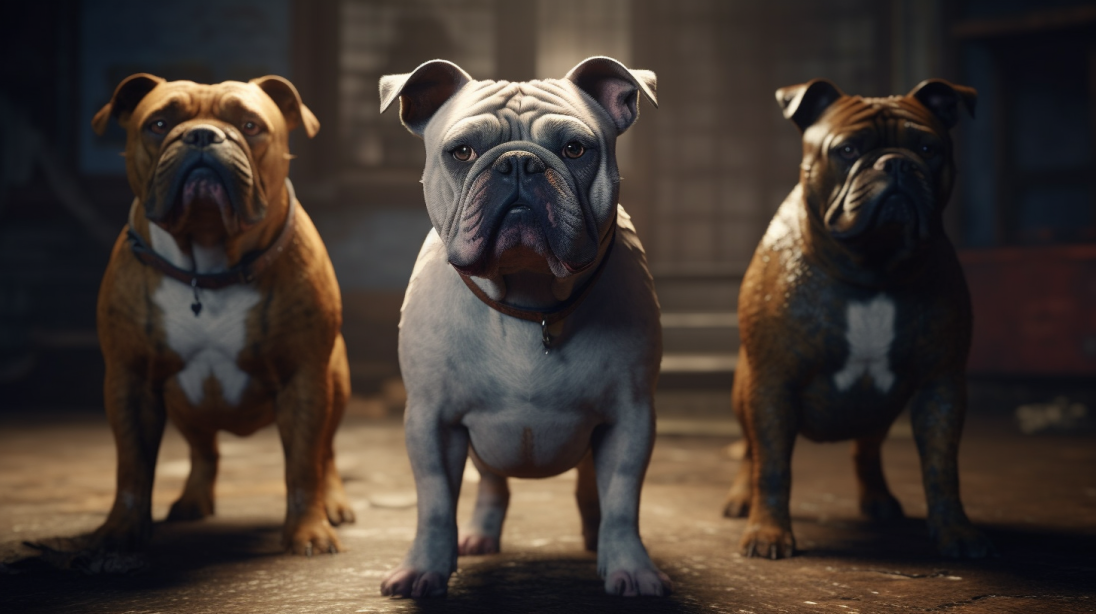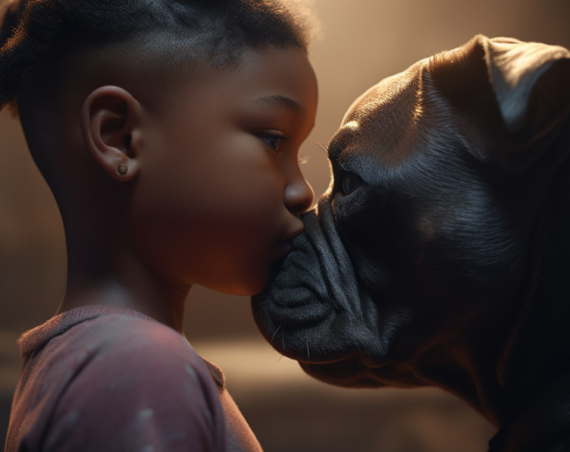If you are a breeder or aspiring breeder of American Bullies, you may be wondering how much you can learn about your breed from breeders of other breeds. While there is certainly value in learning from other breeders and studying other breeds, there are also limitations to what you can learn. In the case of American Bullies, there are unique challenges and traits that make it difficult to compare to other breeds.
Firstly, breeding and producing high quality American Bullies is not like breeding American Pit Bull Terriers (APBT) because you breed for different traits. While both breeds share some similarities, such as their origins from bulldog and terrier breeds, they have been selectively bred for different purposes. APBTs were originally bred for fighting, whereas American Bullies were bred for their size, strength, and companionship. As a result, the traits that are desirable in each breed are different. While APBT breeders may prioritize traits such as athleticism and tenacity, American Bully breeders may prioritize traits such as temperament and socialization.


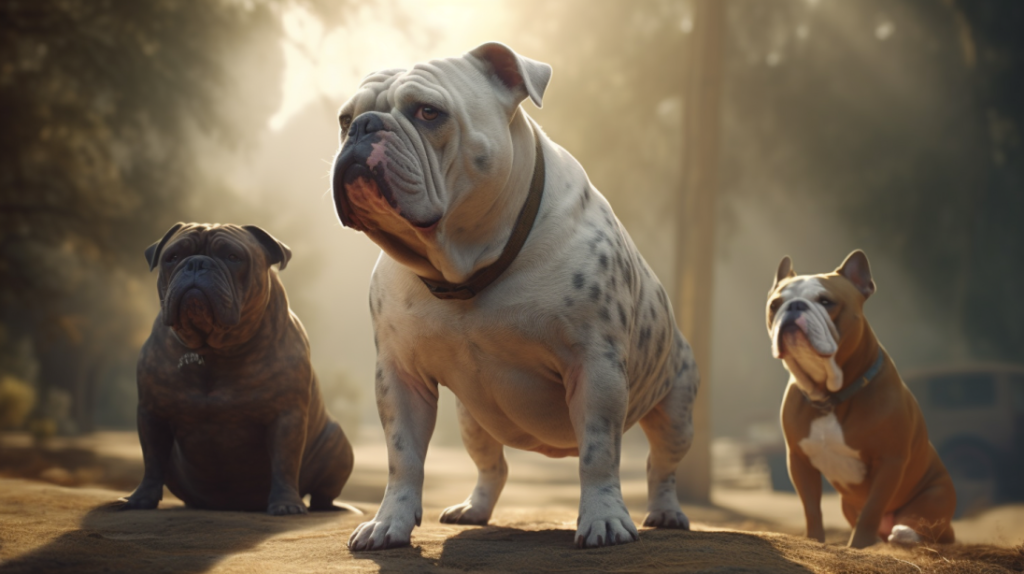
Similarly, breeding American Bullies is not like breeding bulldogs because you breed away from different traits. Bulldogs were originally bred for bull-baiting, which required them to be aggressive and tenacious. However, modern bulldogs have been selectively bred for a more gentle temperament, as they are now primarily companion animals. American Bullies, on the other hand, were bred for their size and strength, but also for their temperament and sociability. As a result, while bulldog breeders may prioritize traits such as a stocky build and a wrinkled face, American Bully breeders may prioritize traits such as a friendly and outgoing personality.
So, what does this mean for learning about American Bullies from breeders of other breeds? While there are certainly some general principles of breeding that apply to all breeds, there are also many unique challenges and considerations when breeding American Bullies.
For example, breeding for size and strength requires careful consideration of genetics and nutrition, as well as proper socialization and training. Breeding for a friendly and outgoing personality requires a deep understanding of canine behavior and psychology. These are not traits that can be learned simply by studying other breeds.
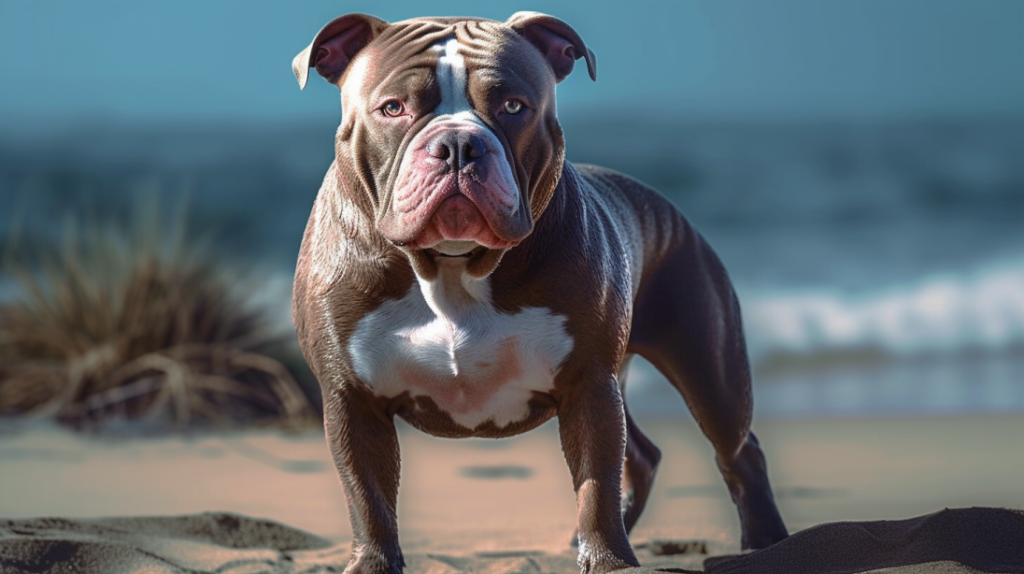
That said, there are still some valuable lessons that can be learned from breeders of other breeds. For example, studying the history and evolution of different breeds can provide insight into the origins and development of American Bullies. Learning about the genetics and inheritance of different traits can also be helpful in understanding how to breed for desirable traits in American Bullies. Additionally, networking and building relationships with other breeders can provide a wealth of knowledge and support.
However, when it comes to producing high quality American Bullies, it’s hard for anyone but an expert American Bully breeder to know what it’s like. This is because breeding American Bullies requires a deep understanding of the breed’s unique traits and challenges, as well as a commitment to responsible breeding practices. American Bullies are still a relatively new breed, and there is much that is still being discovered and learned about their genetics and health. Therefore, it is important to seek out mentors and resources within the American Bully community in order to gain a comprehensive understanding of the breed, but more importantly, get your hands dirty and put in the time needed to perfect your craft.
“Information is not knowledge. The only source of knowledge is experience. You need experience to gain wisdom.” – Albert Einstein
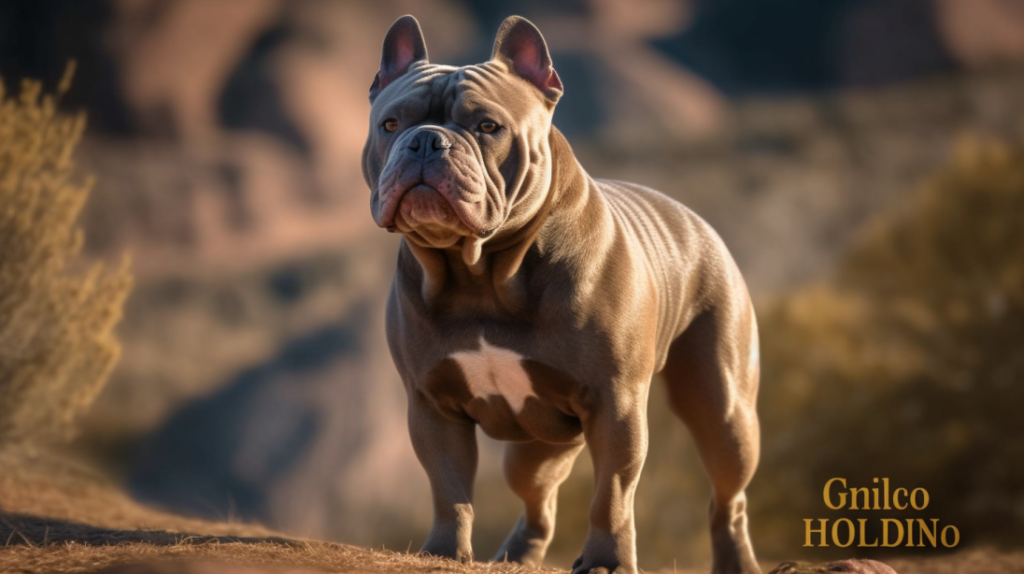
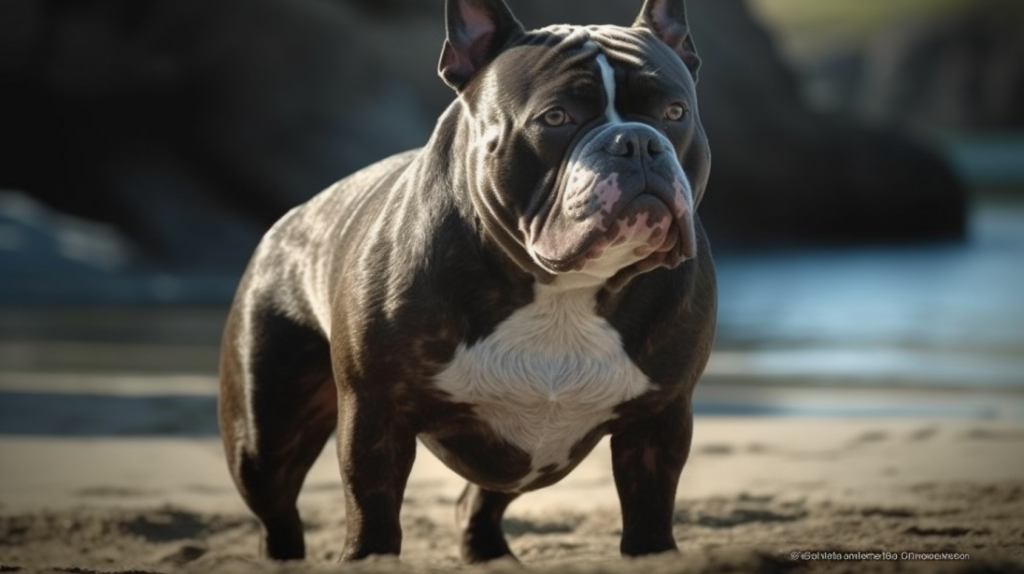
Breeder Responsibility
Ultimately, it is the responsibility of all American Bully breeders to prioritize the health and well-being of the breed above all else. This means carefully selecting breeding pairs based on health, temperament, and conformation, as well as providing proper nutrition, socialization, and medical care for all dogs in their care. It also means staying up-to-date on the latest research and information regarding the breed’s genetics and health, and making responsible decisions when it comes to breeding and raising American Bullies.
In addition to responsible breeding practices, American Bully breeders should:
- Be an advocate for the American Bully breed
- Educate the public about the breed’s unique traits and characteristics
- Help promote a positive image of the breed
- Participate in dog shows and events to showcase the breed
- Use social media and other online platforms to reach a wider audience and educate people about the breed

So while there are limitations to what can be learned about American Bullies from breeders of other breeds, there are still valuable lessons that can be gleaned from studying other breeds and networking with other breeders. However, when it comes to producing high quality American Bullies, it is important to seek out expert guidance and resources within the American Bully community. By prioritizing responsible breeding practices, advocating for the breed, and staying up-to-date on the latest research and information, American Bully breeders can help ensure the health and well-being of the breed for generations to come.


